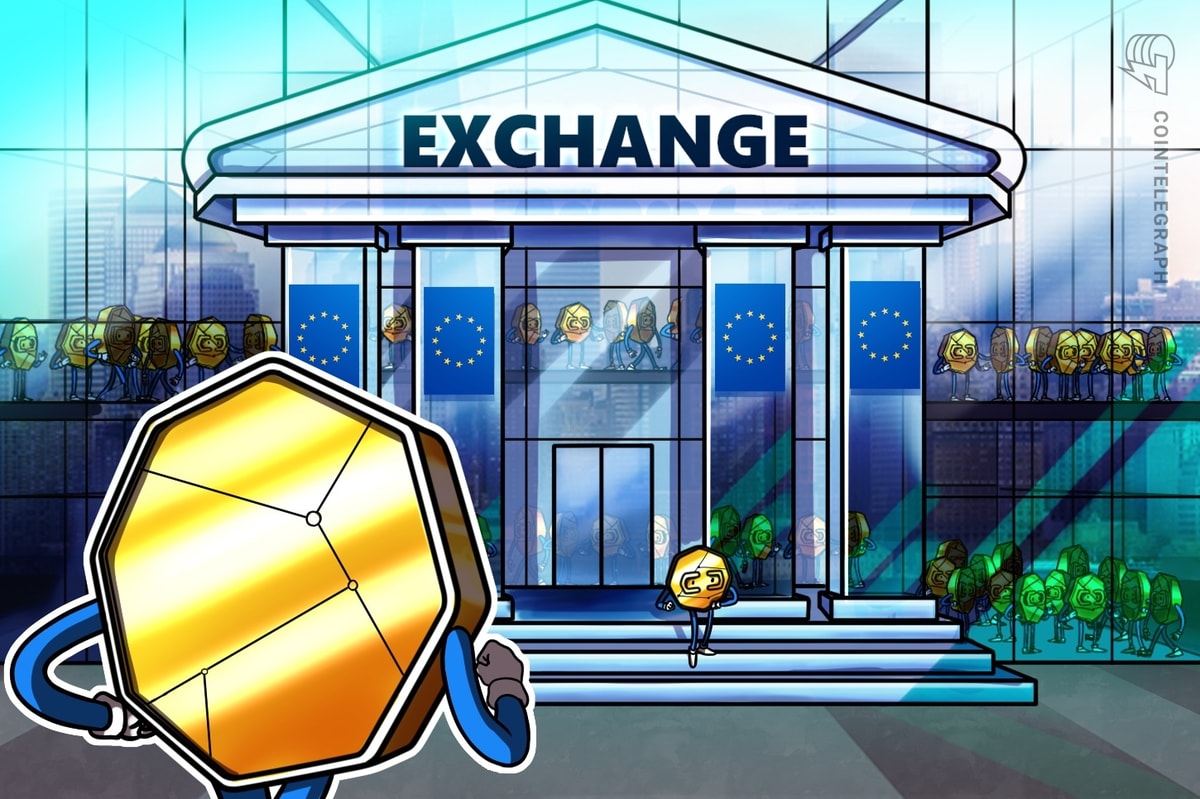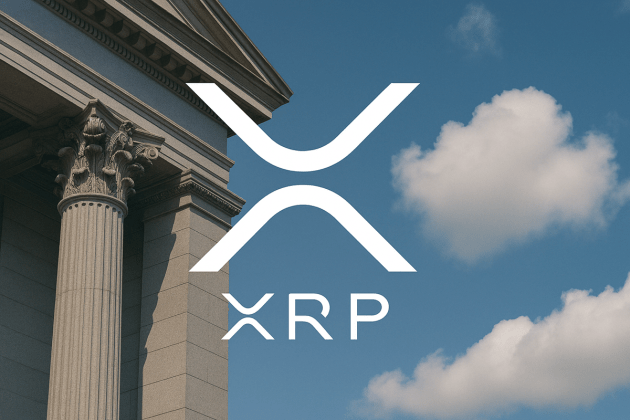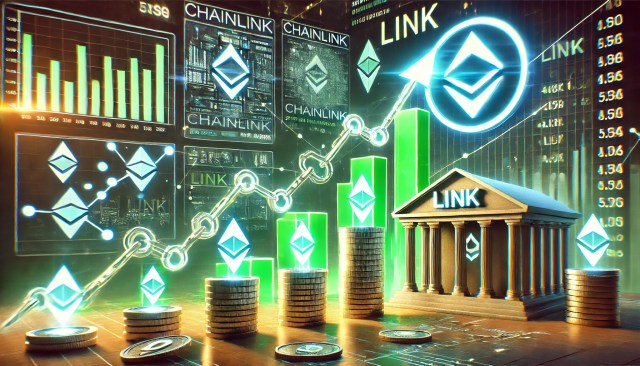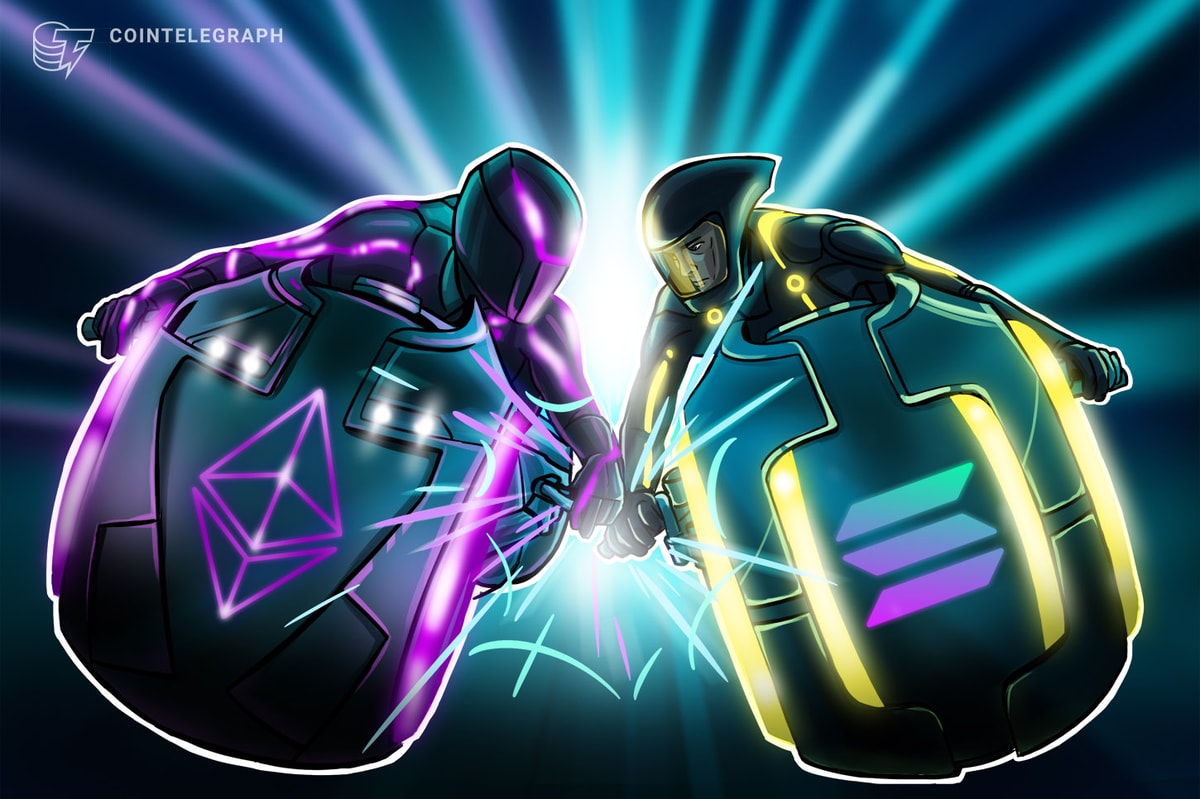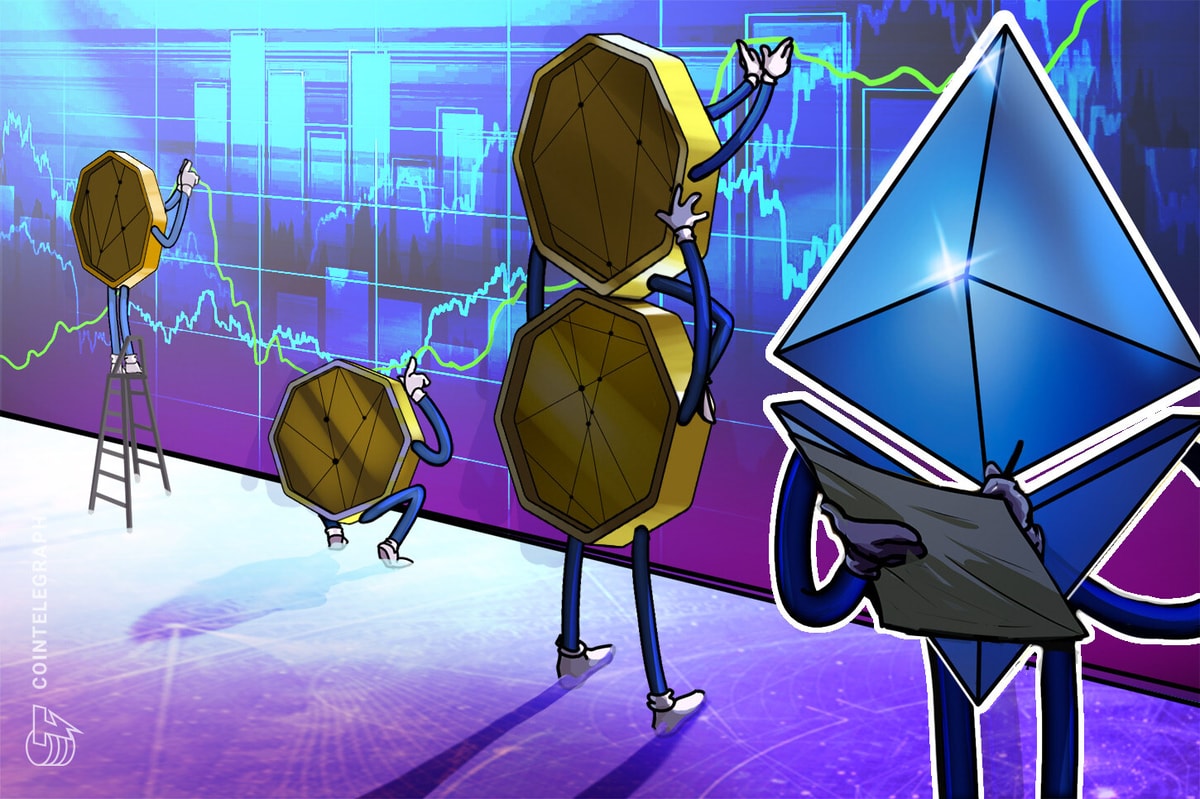Blockchain has introduced a new era of technological innovation to the gaming industry, and seasoned developers are joining the Web3 fray to venture into uncharted territories to shape the future of play.
Alan Tan, co-founder and CEO of MetaCene, is one such pioneer. Leading iconic titles like The Legend of MIR, Dragon Nest and Aion: The Tower of Eternity, Tan is now channeling his expertise into the blockchain realm.
With MetaCene, Tan and his team aim to build a next-gen blockchain MMORPG homeland for mass players. Founded by gaming experts with over 20 years of industry experience from Blizzard, Perfect World and more, the game offers a surreal post-apocalyptic society where survivors compete and collaborate to redefine civilizations.
MetaCene pioneers player-centric entertainment, governance and creation through innovative PVE and PVP gameplay, cutting-edge technology infrastructures, social guild decentralized autonomous organization (DAO) governance, sustainable economic systems and a robust creator economy.
In this interview, Alan Tan shared his inspiration to make the jump into Web3 and blockchain, along with key insights on bringing blockchain gaming to the mainstream.
Cointelegraph: You have a lifelong career in the gaming industry spanning over two decades. What has brought you to the Web3 space, and what inspired you to start MetaCene?
Alan Tan: My dream of building a real online gaming homeland for everyone never fades away, and once I’ve witnessed the maturity of blockchain technology, I know a new era is coming for the gaming industry and global gamers.
Besides all the impressive industry predictions of the future market size of blockchain games, I truly believe in the great potential of Web3 games as they very likely will replace the current pay-for-props games. And here comes the concept of homeland.
In traditional MMORPG games, the relationship of players is greatly divided due to game officials favoring whale players to maximize profit while overlooking free-to-play and play-for-fun players, resulting in unfair virtual games impacted by real-world hierarchies.
MetaCene incorporates a comprehensive poli-social-economic system that intertwines the relationship and gaming rewards of all types of players. In MetaCene, building a homeland goes beyond the post-apocalyptic worldview of MetaCene into unprecedented gameplay, adventurous everyday life, the boundless gaming world based on player preferences and management and the original aspirations of gaming entrepreneurs like me.
CT: What is MetaCene’s strategy for making Web3 gaming accessible to traditional gamers who may not have any experience with blockchain?
AT: For MetaCene, the target audience has always been the global MMORPG market with over 500 million players, rather than an “either-or” between Web2 and Web3. We adhere to a two-pronged go-to-market approach, and specifically for Web2 gamers, I would like to highlight the following: 1. Mainstream distribution, 2. Seamless onboarding and 3. Blockchain/Asset abstraction, in sequential order.

Source: MetaCene
We are launching the Web2 version of the game on major platforms like Steam, Epic, App Store and Google Play. This distribution strategy builds exposure among traditional players, and our seamless onboarding process minimizes friction for user retention. Setting up a MetaCene account will be easy and stress-free for players without prior blockchain knowledge; we’ve already implemented full social login and wallet generation by email in our previous alpha playtests.
Our in-game SDK, powered by Yeeha! Games, helps abstract away the tedious bits of Web3 asset transactions with features such as in-game cross-chain trading, non-fungible token (NFT) marketplace, fiat on-ramp and more. We are committed to driving the mass adoption of blockchain games among the wider global gaming community.
CT: Can you explain ServerFi and how it allows players to become part of server governance and profit-sharing?
AT: ServerFi facilitates the value creation and exchange in a decentralized gaming environment. It creates maximum value for ecosystem participants via a revenue-sharing model and benefits the developers with content feedback from incentivized players, scaling the game both economically and ecologically.
ServerFi in MetaCene, in essence, is our attempt to take the classic, proven, successful private server approach to the blockchain gaming realm. We are the pioneers in implementing the ServerFi economic model in games. Players can become game server owners through gameplay or by investing in in-game assets, allowing them to genuinely participate in server governance and profit-sharing.

Source: MetaCene
This breaks down the traditional boundaries between players and games in the industry, making it an integral part of our efforts to bring Web3 principles to the mainstream gaming sector.
CT: What is your take on the role of artificial intelligence in the creation of game content, and how will this impact player-driven economies within the game?
AT: Rapid technological breakthroughs like Web3 and artificial intelligence present novel opportunities. Web3 solves assetization, incentivizing virtual content creation, while artificial intelligence lowers the threshold for creating that content. Combining them benefits games, especially large-scale, immersive ones.
Firstly, artificial intelligence significantly reduces game production costs and handles fixed logic parts of game operations. This enables small to medium-sized studios and indie developers to start and scale games as artificial intelligence takes over non-creative work. Developers can focus more on creating engaging content and immersive experiences for players.
Artificial intelligence also changes how players interact with games, especially in Web3, where community ethos is standard. We’re seeing artificial intelligence use cases like in-game artificial intelligence companions and artificial intelligence UGC tools, unlocking creative possibilities for studios and gamers.
MetaCene firmly believes that Web3 and artificial intelligence are key forces driving the future of the gaming industry and can be deeply integrated. Our game offers an open platform where players can issue new artificial intelligence-generated or third-party assets, benefiting either as creators or as ServerFi holders sharing in server-wide profits.
CT: What is the MAK token, and what role does it play in MetaCene's economy?
AT: MAK is the MetaCene governance token and is positioned to be the most important asset in the MetaCene ecosystem. MAK has a variety of utilities and consumption scenarios, such as staking, purchasing and transaction facilitating, play-to-earn yield, cross-asset value unlocking, ecosystem participation rights and so much more.
MAK is listed and currently trading on top exchanges, securing the liquidity foundation for our holders/players and ecosystem participants. If you look at the mind map for MetaCene’s asset network, including both tokens and NFTs, you will find MAK at its very center. Its sink and faucet are ingeniously connected with other onchain assets in our ecosystem, broadening holders’ ways to engage and capture value.

MetaCene saw sustainable growth in revenue over its Alpha phases. Source: MetaCene
Staking Treasure Box yields MAK, and consuming MAK boosts return in Realms server network node operating. Those are just two examples, and we will continually focus on building and expanding the ecosystem revolving around MAK.
CT: What are the key milestones we should expect from MetaCene in the coming year, especially with the planned 2024 release?
AT: In November, we will see the listing on iOS App Store and Google Play, which is the full Web2 version. December will bring special promotion campaigns and large-scale commercialization in the LATAM and SEA regions. In 2025, we will launch the first set of Realms servers with the capacity to host over 1 million players.
In the long term, the distribution system developed around MetaCene is expected to encompass over 2 billion gamers globally. The content spectrum will extend beyond MMORPGs to include a wider range of genres and forms. With a similar number of players, MetaCene’s average single-player consumption is 3 times that of other Web3 games and 6 times that of Web2 games of the same category.
The nature of the MetaCene product makes it easier to attract valuable players, and the content of the product makes them more motivated to trade and hold assets. We expect to gain more than 3 million game players within half a year of the official game launch, of which 1 million are valuable asset holders from Web2 and Web3.
CT: How do you envision the role of blockchain technology in revolutionizing the gaming industry, and where does MetaCene fit into this future?
AT: Web3 gaming is a disruptive force that will have a profound impact on the gaming industry. As the underlying infrastructure for blockchain games refines and evolves, more potential for Web3 games can be unlocked, and more empowered developers and players will be.
We will see new gaming narratives every cycle, new trends and new metas for engagement and eyeball monetization, and more innovative distribution playbooks, and these will all account for Web3 gaming’s growth and maturity. We are still at a relatively early stage for Web3 games, and MetaCene is proud to be one of the trailblazers.
Disclaimer. Cointelegraph does not endorse any content or product on this page. While we aim at providing you with all important information that we could obtain in this sponsored article, readers should do their own research before taking any actions related to the company and carry full responsibility for their decisions, nor can this article be considered as investment advice.



